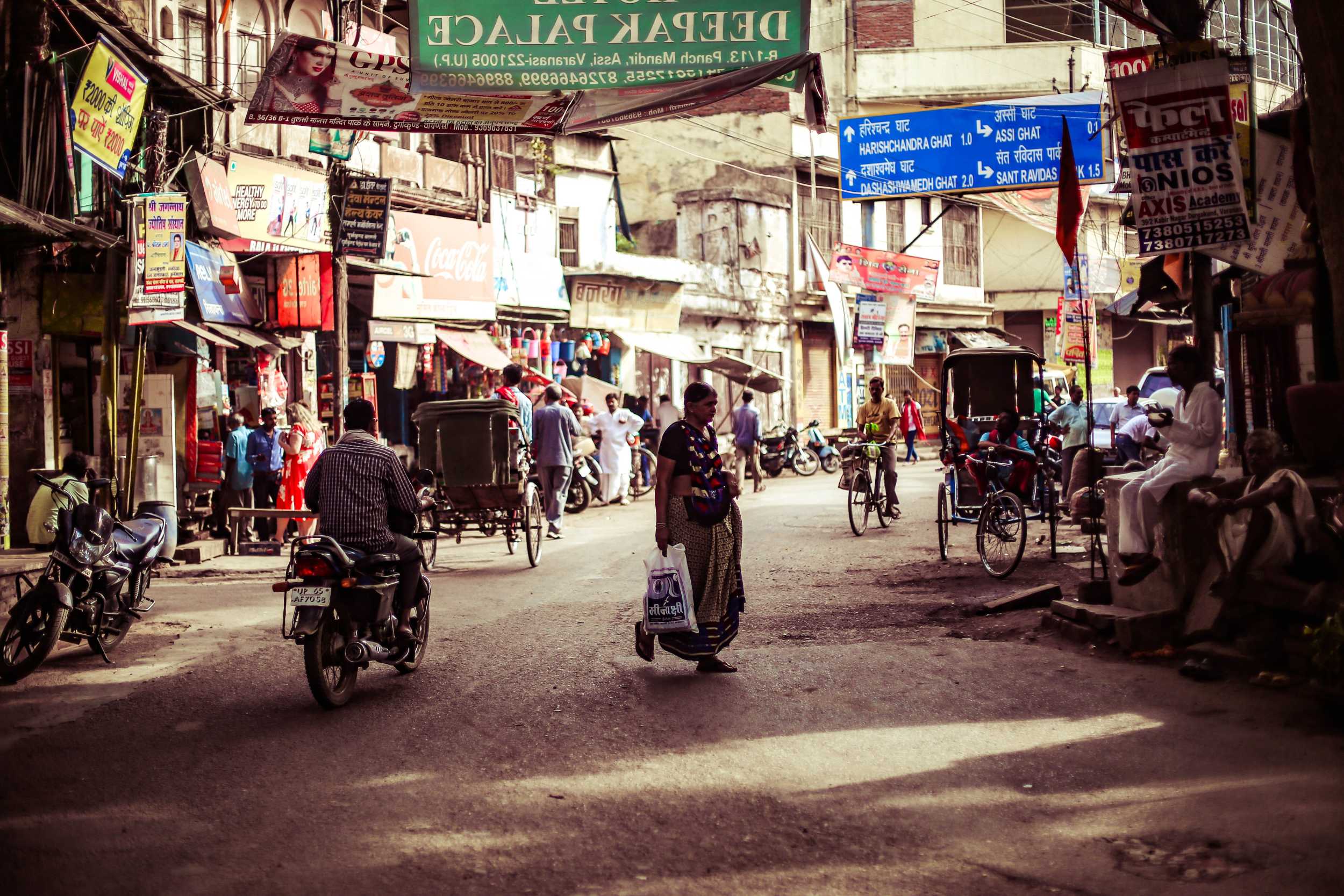COVID-19 has inevitably become a massive challenge for all the countries. The month and half long lockdown has provided India ample time to make a concrete effort to flatten the curve. Now India’s economy has already reopened, in phases, while containing the virus.
India’s economy has been functioning at approximately 50 percent of its full activity in the past six weeks, by rough estimates. The economic cost of this may not be sustainable in the longer run.
It is conclusive enough that COVID-19 will not disappear immediately and the economy has to be managed alongside the infection risk, probably for a prolonged period. Even after reopening, some countries were forced to resume the lockdowns again due to the substantial increase in infection rates and India may be no exception.
A new challenge
This attempt to reopen the economy while having to deal with the pandemic has brought up on yet another challenge for the Indian authorities.
The ministry of health and Family welfare (MoHFW) based on various criteria has already classified districts into three zones- red, orange and green. The 130 districts which have been classified as red-zone districts account for almost 41 percent of total economic activities since they are some of the most urbanised and industrialised areas of India.
27 districts of the red zone-districts have relatively high infection rates and are more densely urbanised areas. Finding methods to keep these red-zone districts operational and safe would be key in keeping economic activity sustainable and running.
Interdependent supply chains.
India’s manufacturing, labour and distribution chains are interdependent across various sectors and geographies, specially post the implementation of Goods and Services Tax that has eased interstate movement of commodities and has enhanced trade and commerce.
Due to this, the economic activity resumed in one part of the country could be affected by supply-demand issues in the other part. Even where districts have reopened, varying interpretations of the government guidelines could stupefy the issue.
In the dynamic environment, such guidelines could change more frequently as the economy has to work alongside the virus for a prolonged period of time, needing a swift implementation capacity on ground.


